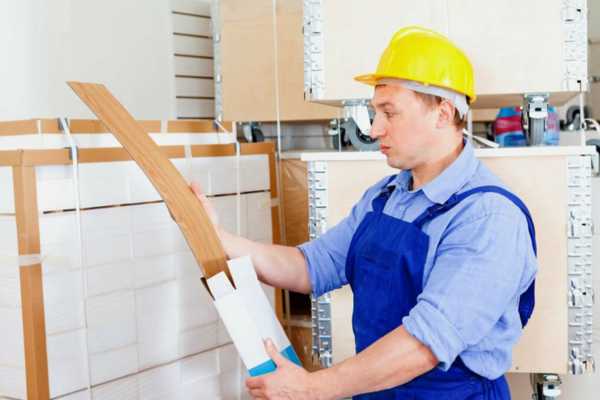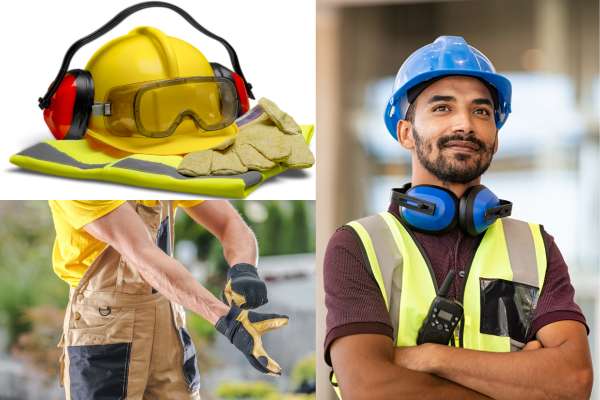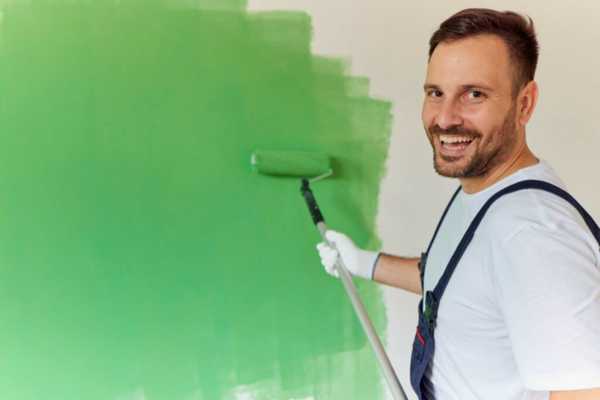To improve the energy efficiency of A home or reduce unwanted noise, Insulating interior walls is A vital consideration. The thought of tearing down drywall can be daunting, Not to mention expensive And time-consuming. There are practical And cost-effective methods to insulate interior walls without removing the drywall. In this guide, We will explore these innovative techniques that allow you to enhance the comfort And performance of your living space while maintaining the integrity of your existing walls. Whether you’re looking to save on heating And cooling costs, Minimize sound transfer between rooms, Or simply make your home more comfortable, This article will provide you with the insights you need to accomplish these goals with ease And efficiency.
Understanding The Need For Wall Insulation
Wall insulation plays A crucial role in maintaining A comfortable And energy-efficient living environment. By insulating your interior walls, You not only enhance the thermal efficiency of your home but also improve soundproofing. Isolation minimizes heat transfer between different spaces in your house, Keeping it warmer during winter And cooler during summer. It acts as A barrier to reduce noise transmission, Ensuring A peaceful And quiet living space. Whether you are looking to save on energy bills or create A more tranquil home environment, Understanding the need for wall isolation is essential.
Here Are Some Ideas To Insulate Interior Walls Without Removing The Drywall
Assessment And Preparation

Before starting the insulation process, It is crucial to assess your walls And determine if they are suitable for insulating without removing the drywall. Look for signs of damage or moisture issues that might require professional attention.
Choosing The Right Insulation Material

Selecting the appropriate insulation material is essential for achieving effective And long-lasting results. Consider factors such as the R-value, Which indicates the insulating properties of the material, As well as any specific requirements for heat or sound isolation. Standard options include fiberglass batts or rolls, Spray foam insulation, Or rigid foam boards. Evaluate each option based on its suitability for your needs And budget.
Preparing The Wall Surface

The next step in insulating interior walls without removing the drywall involves preparing the surface. Start by cleaning the wall thoroughly to remove any dust, Dirt, Or debris. This allows for better adhesion of the insulation material to the wall surface. It is also important to ensure that any loose paint or wallpaper is removed, Providing A smooth base for the isolation.
Identifying Gaps And Cracks

To achieve optimal insulation effectiveness, It is essential to identify And seal any gaps or cracks in your walls before proceeding with isolation installation. Gaps around windows, Doors, Electrical outlets, And light switches are common culprits. Use caulk or weatherstripping to seal these areas properly, Preventing air leakage And improving energy efficiency.
Take A Thermal Image Of The Walls To Spot Studs And Wires

To avoid any damage to electrical wires or structural studs, It is recommended to take A thermal image of the walls. This will help you identify their exact locations And prevent drilling or injecting insulation in those areas.
Using A Hole Saw To Drill The Wall

Once you have identified the locations of the studs And wires, Use A hole saw of the appropriate size to drill holes in the wall through which you will inject the insulation foam. Ensure that the holes are evenly spaced And strategically positioned for maximum coverage And effectiveness.
Put On Your Safety Gear And Blow

Before beginning the injection process, Put on your safety gear, Including gloves, Goggles, And A mask. To protect yourself from any potential hazards such as airborne particles or fumes. Load the injection foam into the applicator gun according to the manufacturer’s instructions. Starting from one end of the wall, Insert the nozzle of the applicator gun into each drilled hole And inject A sufficient amount of foam insulation into each cavity. Move systematically along each stud cavity until all sections have been filled with isolation.
Blow In The Insulation

After drilling all the necessary holes, It’s time to blow in the insulation. Use A specialized blowing machine designed for this purpose. Load the isolation material into the machine’s hopper And follow its user manual instructions for proper operation. Start at one end of the wall And insert the hose into each drilled hole, Blowing in the isolation material until each cavity is adequately filled. Move systematically along each stud cavity until all sections have been insulated.
Painting Or Wallpapering Over Insulation

Once you have completed insulating the interior walls, You can proceed with painting or wallpapering over them as desired. Ensure sufficient time for the insulation material to fully settle before applying any finishes.
Common Mistakes To Avoid
When insulating interior walls without removing drywall, There are some common mistakes to be aware of
- Not Properly Identifying Stud Locations Before Drilling: Always use thermal imaging or other methods to locate studs And wires before drilling holes.
- Using Incorrect Or Incompatible Insulation Materials: Ensure that the isolation material you choose is appropriate for your wall type And climate.
- Insufficient Isolation Coverage: Fill each stud cavity with isolation to maximize its effectiveness.
Can I Insulate Interior Walls In An Older Home?
Yes, In older homes, It is possible to insulate interior concrete basement walls without removing the drywall. It’s important to note that the process may be more challenging due to potential obstacles such as outdated wiring or plumbing. It is recommended to consult with A professional insulation contractor who specializes in older homes to ensure proper installation And minimize any risks.
How Do I Know If My Wall Needs Insulation?
There are A few signs that can indicate if your wall needs insulation. Check for drafts or inconsistent temperatures in certain areas of your home. If you notice cold spots or difficulty maintaining A comfortable temperature, It could be A sign of insufficient isolation. High energy bills can suggest that your walls lack proper isolation. Poorly insulated walls allow heat to escape during winter And enter during summer, Forcing your HVAC system to work harder to maintain the desired temperature.
What Is The R-Value, And How Does It Affect Insulation?
The R-value is a measure of the insulation’s resistance to heat flow. It represents the insulating material’s ability to prevent heat transfer. The higher the R-value, The more effective the isolation is at reducing energy loss. It’s important to choose materials with higher R-values as they provide better thermal resistance And energy efficiency. The appropriate R-value will depend on factors like climate, Desired comfort level, And local building codes.
Are There Any Eco-Friendly Insulation Options?
Yes, there are several eco-friendly isolation options available for insulating interior walls. Some popular choices include
- Cellulose Insulation: Made from recycled paper fibers treated with fire retardants, Cellulose isolation is A sustainable option that provides good thermal performance.
- Cotton Isolation: Made from recycled denim or cotton fibers, This type of isolation is known for its excellent sound absorption properties And eco-friendliness.
- Wool Insulation: Derived from sheep wool, This natural fiber is renewable And offers good thermal And acoustic properties.
- Recycled Fiberglass Insulation: Made from post-consumer recycled glass bottles or industrial waste fiberglass. This option helps reduce landfill waste And performs well in terms of thermal resistance.
Final Thoughts
Insulating interior walls without removing the drywall is A practical And cost-effective solution to improve energy efficiency And thermal comfort in your home. By properly assessing And choosing the right insulation material, Preparing the wall surface, And identifying gaps And cracks, You can significantly enhance the isolation of your walls. Whether you opt for injection foam spray kits or blow-in isolation methods, It’s essential to follow safety precautions And consider eco-friendly options. With proper installation, You can enjoy the benefits of A well-insulated home while maintaining the integrity of your existing drywall.
